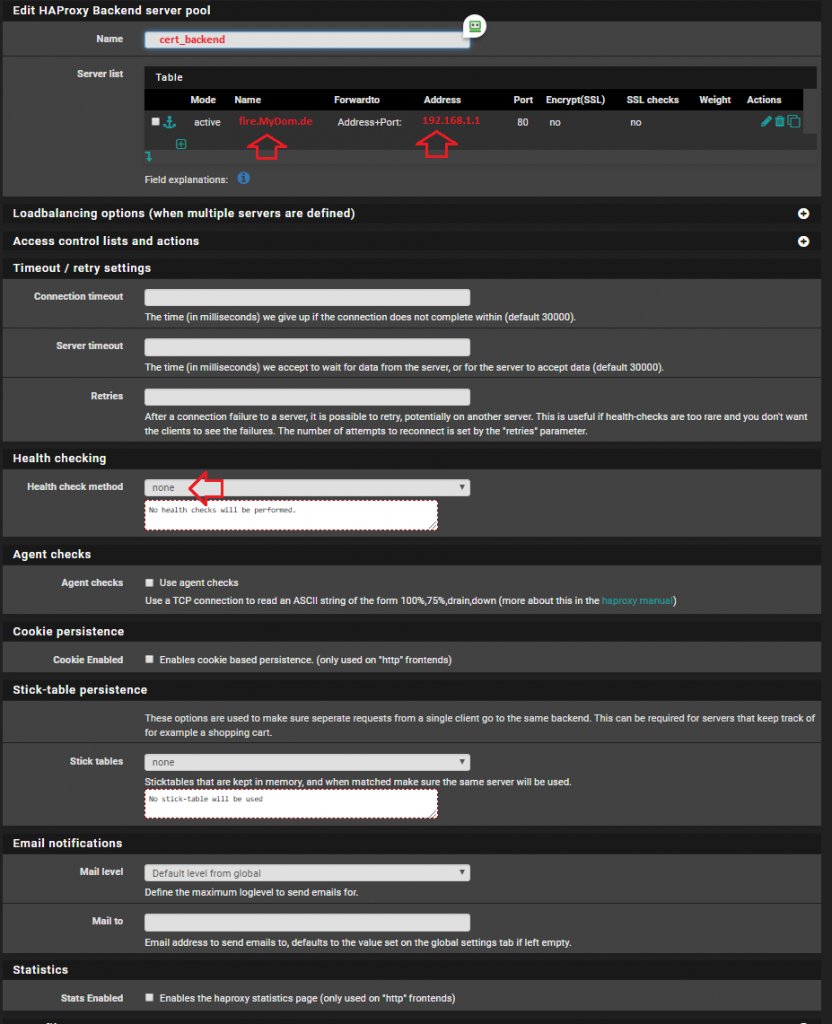

I, for example, have my domains through GoDaddy. Depending on where your domain names come from, and what process you want to use, you’ll follow different directions. This is also where things differ between setups. One plain, one with the wildcard.įor example, if I wanted a wildcard domain for *., I’d have to add both and *. Under the Domain SAN list, you’ll want to add two entries for each domain you want a wildcard for. Now that we have an account key, we can start creating certificates.įill out the form making sure you choose the ACME v2 Account Key you created in the previous step. Once that’s been successfully completed, you’ll get an Account Key in the Account Key field.

This helps when you’re having issues with your certs and don’t want to run into the rate limits that are imposed on the production servers.Īlso make sure you enter a valid email address you have access to, this will be the address all notifications go to in regards to the certificates you create using this key.Īfter you’ve fill everything out, click “Create new account key” and then click “Register ACME account key”. If you’re in a testing environment, or want to test certificates out you can select the “Staging” server instead. Go to the Account keys tab, and click “Add”.įill out the form ensuring you select “Let’s Encrypt Production ACME v2” from the ACME Server drop down. Once you’ve gotten the package installed, you’ll want to register an account key with Let’s Encrypt. Once it’s installed it will show up on your Installed Packages list. įirst thing you’ll want to do is make sure you have the ACME package installed.įrom the Package Manager screen go to Available Packages and search for and install “acme”.


 0 kommentar(er)
0 kommentar(er)
